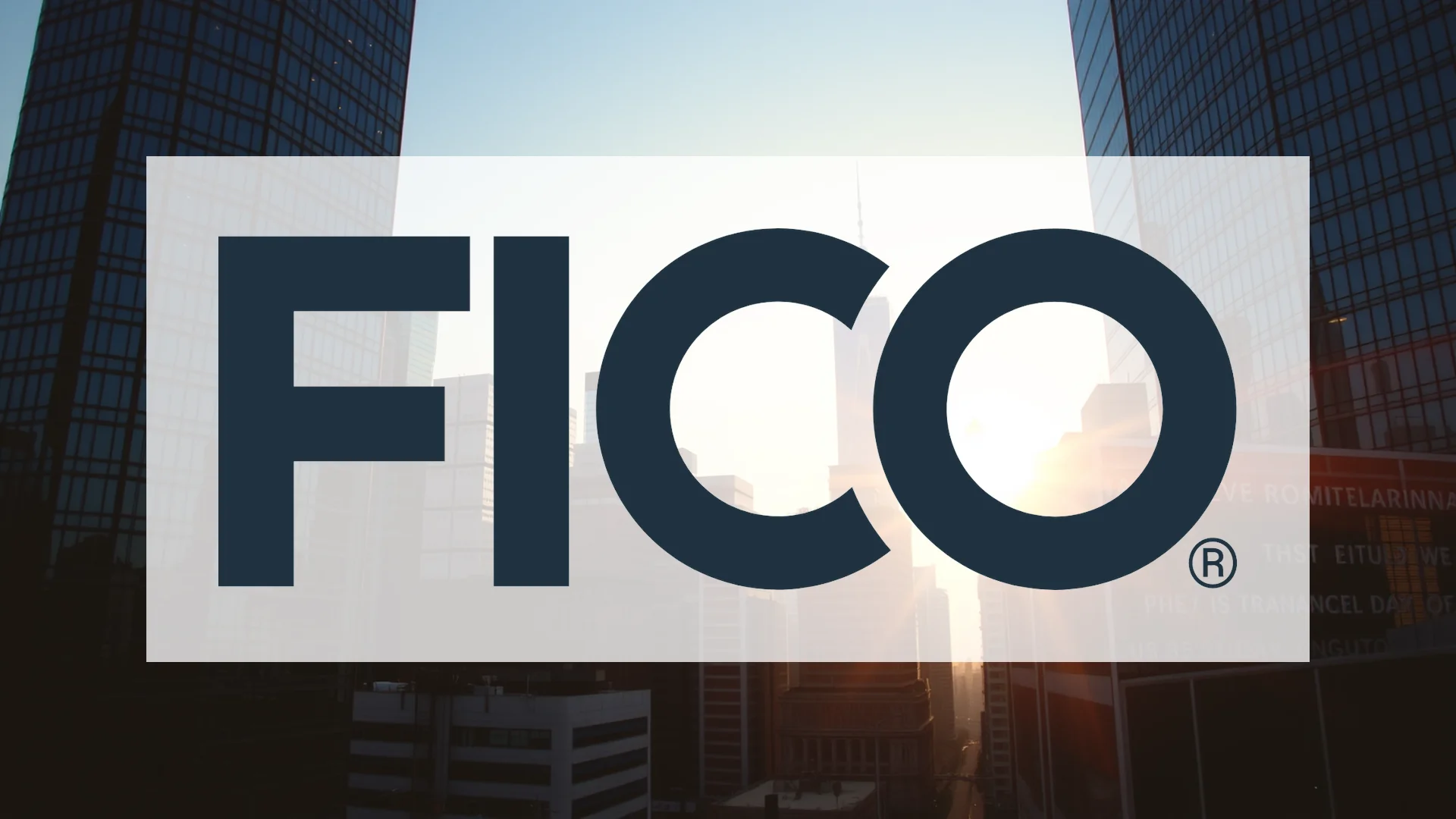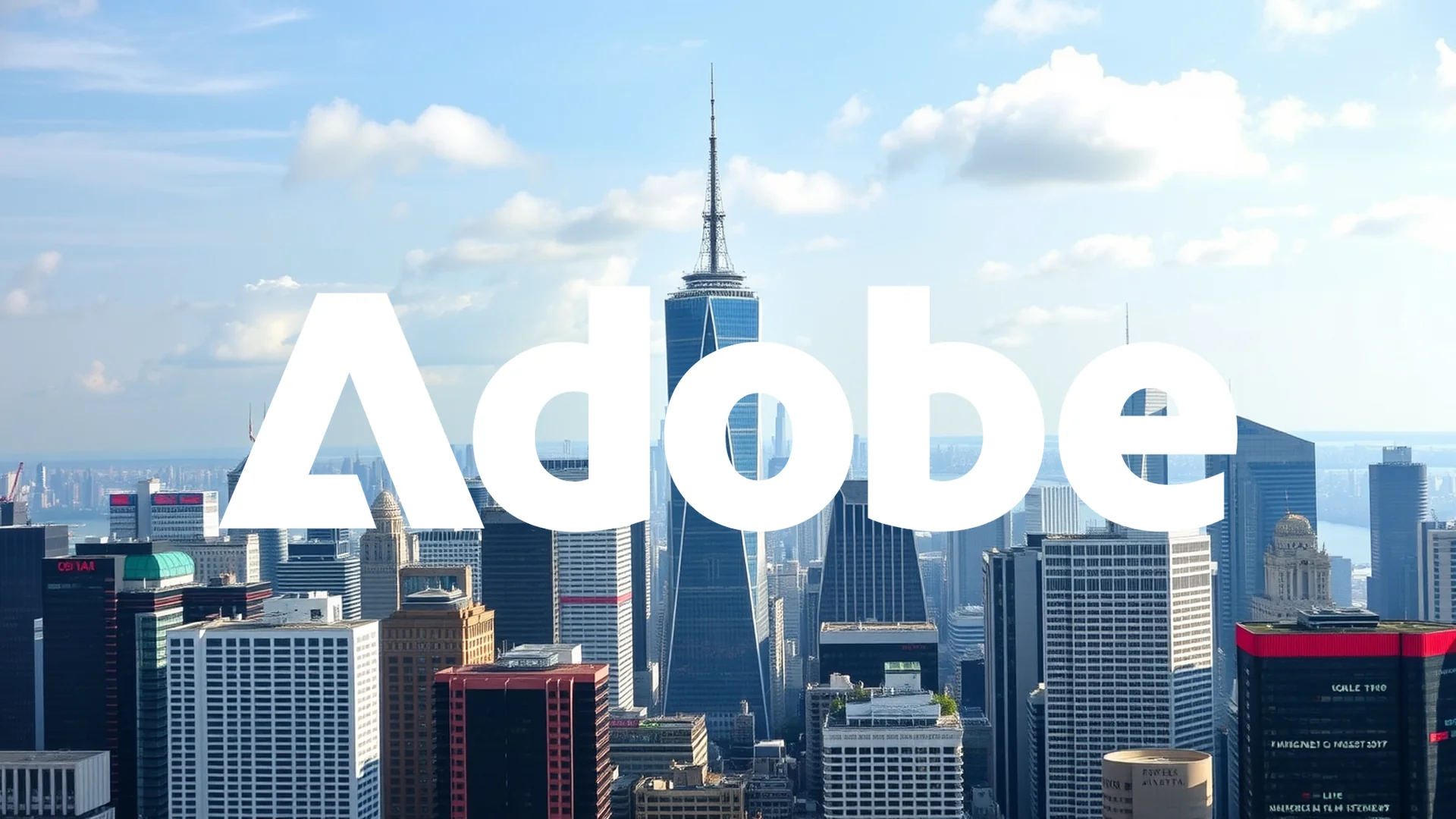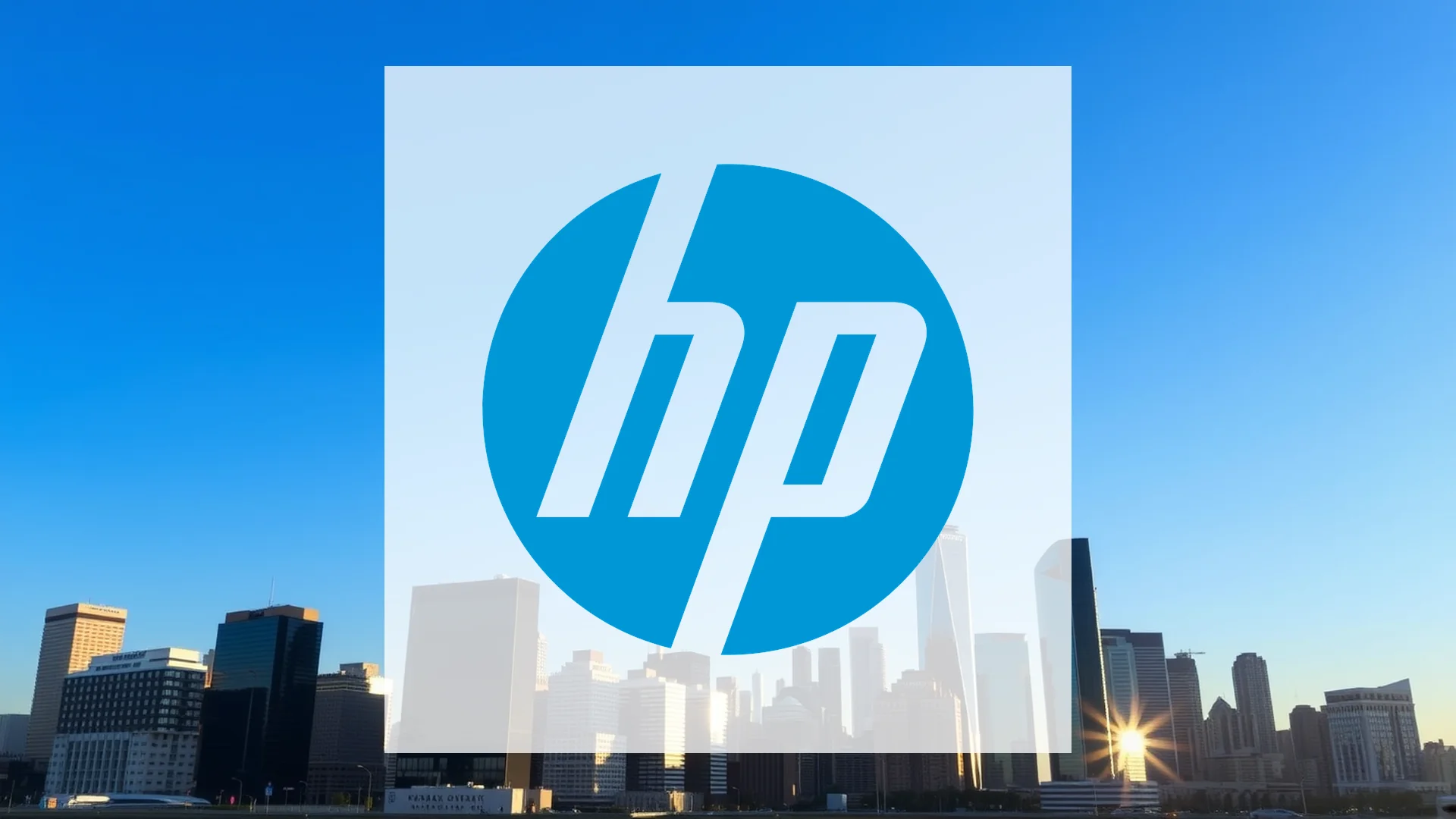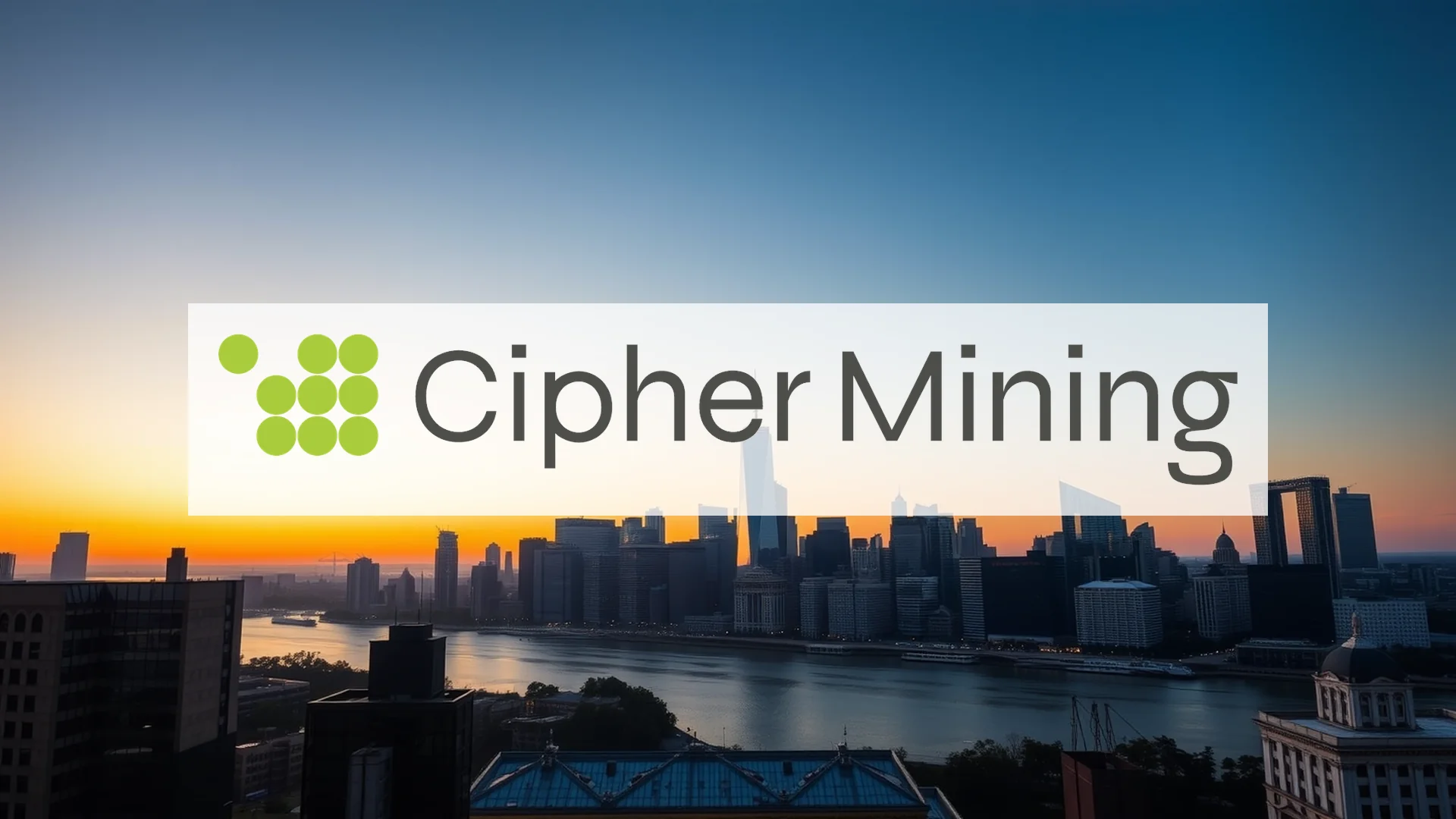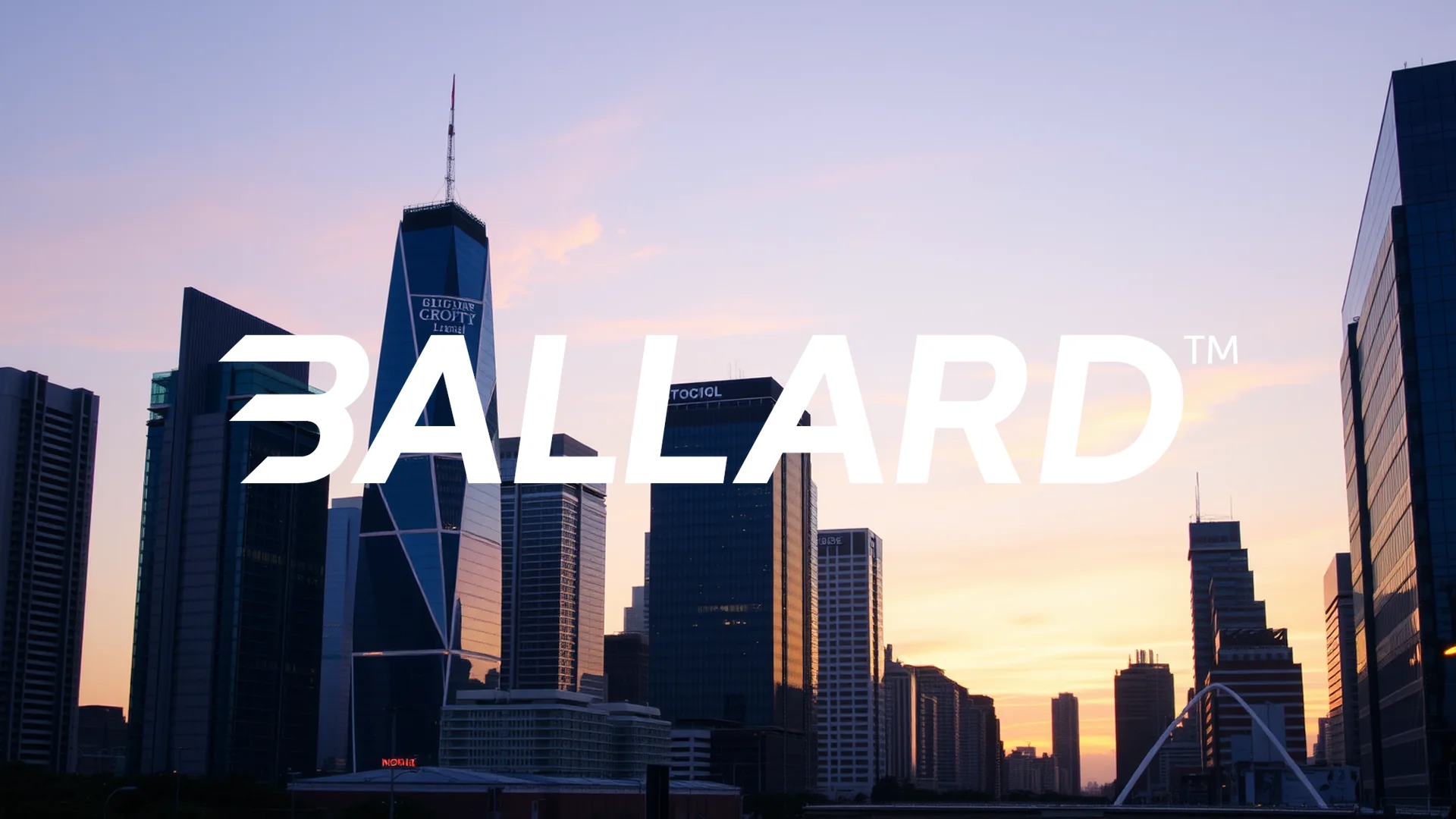The shares of Fair Isaac Corporation experienced extreme volatility recently, swinging between record highs and dramatic declines within a single week. Initial enthusiasm surrounding the company’s strategic initiative quickly gave way to investor concerns as competitive pressures intensified in the credit scoring market.
Mortgage Sector Disruption Sparks Initial Rally
On October 1, Fair Isaac launched what market observers considered a groundbreaking strategic move: the FICO Mortgage Direct License Program. This initiative enables mortgage lenders to obtain FICO scores directly from the company, effectively bypassing traditional credit bureaus. The program promised enhanced transparency and introduced new pricing models featuring a royalty fee of $4.95 per score—approximately 50% lower than previous reseller rates.
Financial markets responded with notable optimism. The following day, October 2, Fair Isaac shares surged more than 20% in value. This upward movement coincided with Barclays revising its price target significantly upward from $2,000 to $2,400 while maintaining its “Overweight” rating on the stock. Simultaneously, shares of major credit reporting agencies Equifax, TransUnion, and Experian declined substantially, indicating market recognition of Fair Isaac’s potentially disruptive strategy.
Competitive Counterattack Reshapes Landscape
The positive momentum proved short-lived as Equifax launched a formidable response on October 7. The competitor unveiled an aggressive pricing campaign for its VantageScore 4.0 product, setting the price at just $4.50 per score with a guarantee maintaining this rate through the end of 2027. This pricing positions Equifax’s offering more than 50% below Fair Isaac’s anticipated $10 per score. Additionally, Equifax will provide VantageScore 4.0 at no cost through 2026 to any customers purchasing FICO scores.
This strategic offensive represents a direct challenge to Fair Isaac’s market dominance, particularly within the lucrative mortgage sector. Equfax appears focused on redirecting customers toward its alternative scoring model while simultaneously undermining Fair Isaac’s newly launched direct licensing program.
Should investors sell immediately? Or is it worth buying Fair Isaac?
Market Reaction and Sector Implications
The consequences manifested dramatically on October 9, when Fair Isaac shares plummeted over 9%, making them the worst performer in the S&P 500 index that day. The initial euphoria surrounding the direct licensing initiative had been replaced by market apprehension about an escalating price competition.
The central question now facing investors is whether Fair Isaac can maintain its pricing power amid these competitive pressures. Equifax’s combination of lower prices and complimentary scoring presents substantial risks to the profitability of the credit scoring pioneer. These developments highlight how rapidly regulatory pressures and intense competition can transform industry dynamics.
Key Timeline of Events:
* October 1: Fair Isaac introduces direct licensing program for mortgage scores
* October 2: Stock surges over 20% as Barclays raises price target to $2,400
* October 7: Equifax counters with VantageScore priced at $4.50
* October 9: Fair Isaac shares decline more than 9%
The immediate trajectory of Fair Isaac shares will likely be determined by the outcome of this intense competitive struggle. The company’s attempt to boost revenues through direct licensing now confronts an aggressive defensive strategy, creating significant uncertainty for market participants.
Ad
Fair Isaac Stock: Buy or Sell?! New Fair Isaac Analysis from November 24 delivers the answer:
The latest Fair Isaac figures speak for themselves: Urgent action needed for Fair Isaac investors. Is it worth buying or should you sell? Find out what to do now in the current free analysis from November 24.
Fair Isaac: Buy or sell? Read more here...

